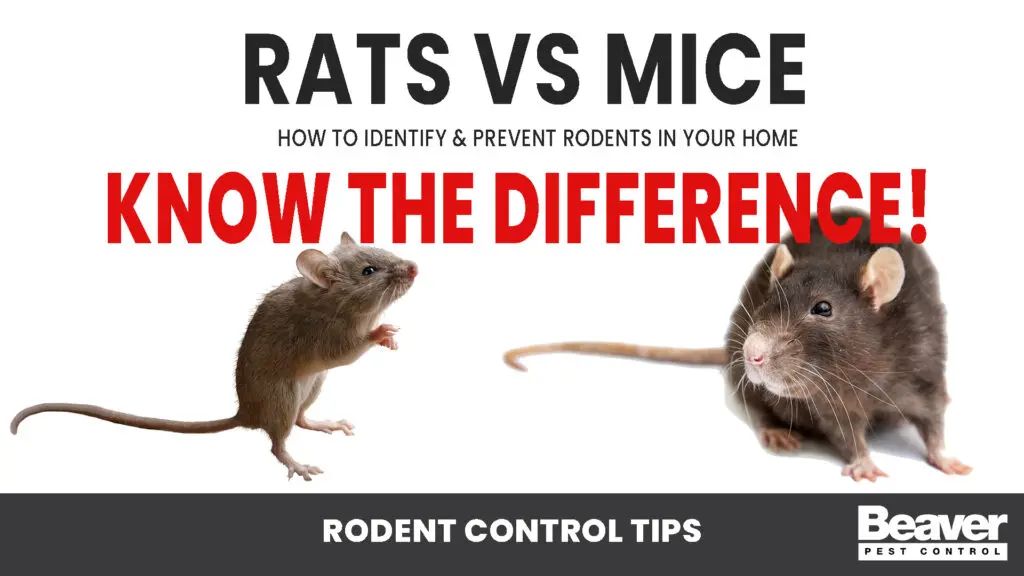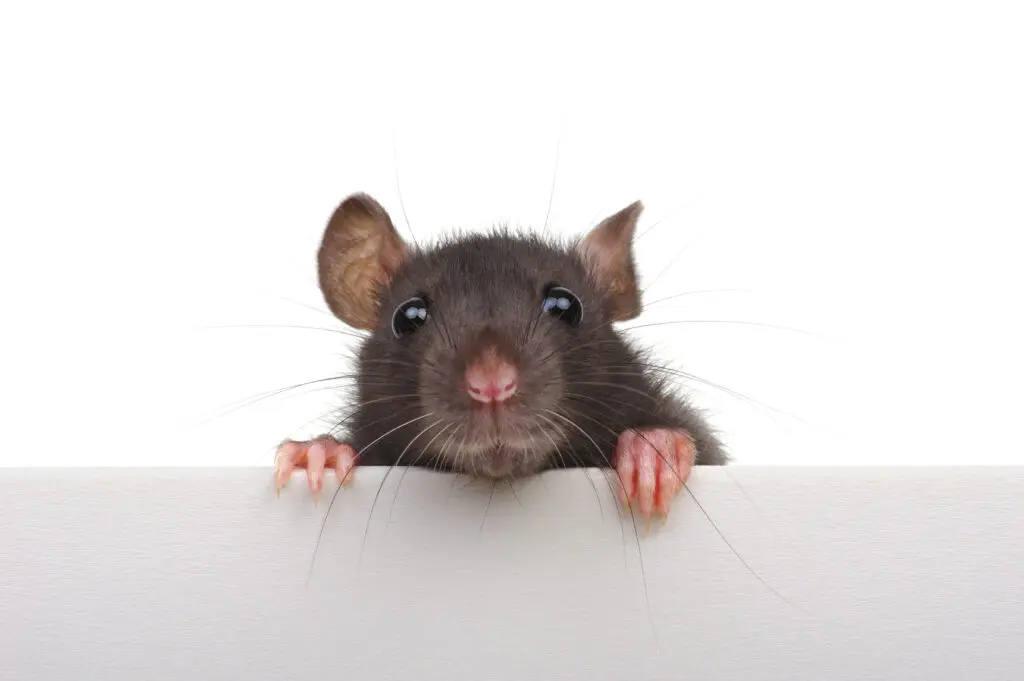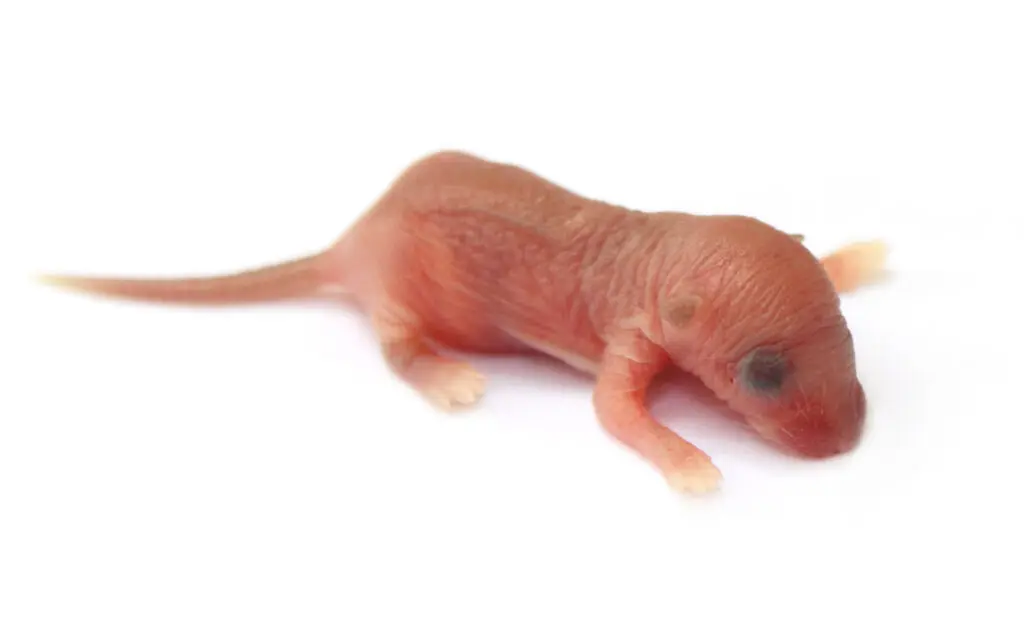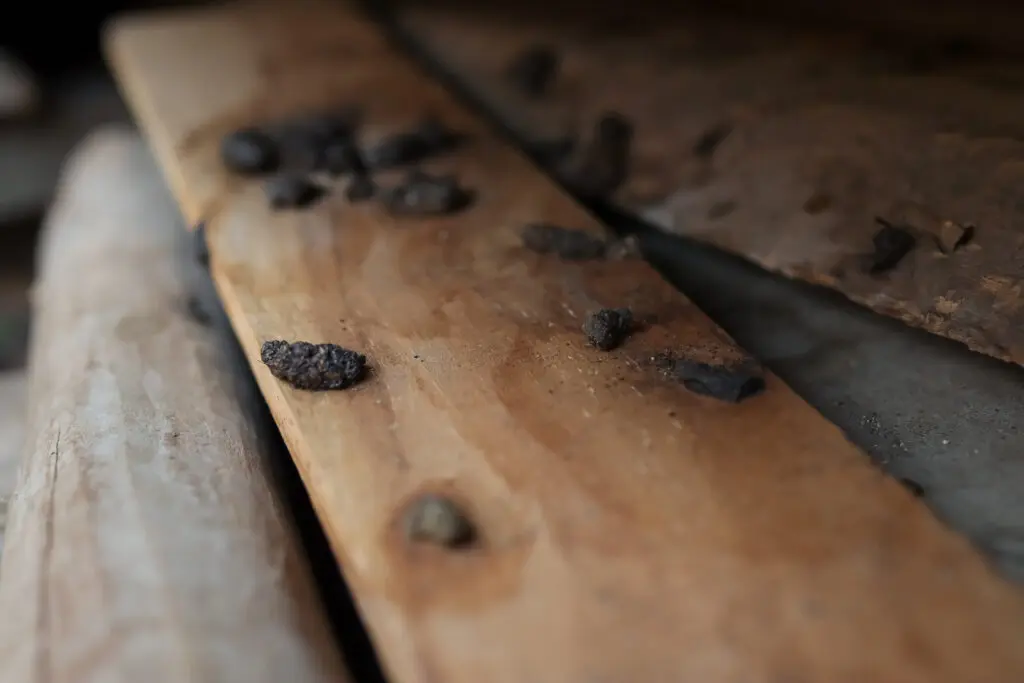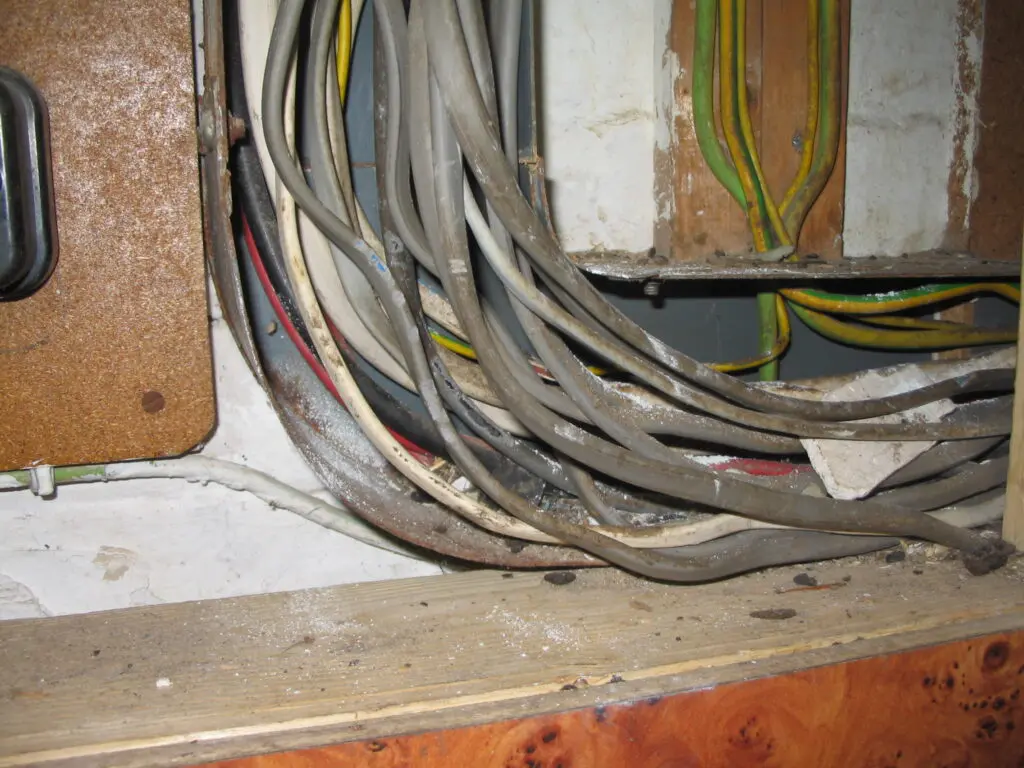How to Identify and Prevent Rats and Mice in Your Home
Rats and mice can quickly turn from a minor annoyance to a major problem in any home, especially in high-density areas like London. These pests are not only a nuisance but can also pose health risks by contaminating food and spreading disease. The good news? With the right knowledge, you can easily identify whether you have a rodent issue and take steps to prevent them from entering your home.
In this blog, we’ll guide you through the key differences between rats and mice, how to identify them based on droppings and other signs, and provide simple prevention tips. Plus, we’ve included a helpful video that explains everything you need to know about keeping rodents out of your home.
Watch Our Rodent Identification and Prevention Video
To make it easier for you to spot the signs of rats or mice in your home and learn how to prevent them, we’ve created a short video. In this video, we cover how to tell whether you have rats or mice based on their behaviour, appearance, and droppings, as well as tips to stop them from entering your home.
Watch the video below for a full guide:
Rats vs Mice: How to Identify Which One You Have
Rats and mice may seem similar at first glance, but there are some key differences that will help you determine which one you’re dealing with:
- Size and Appearance:
Mice are much smaller than rats, typically around 3-10 cm long, with large ears and a thin tail. Rats, on the other hand, are larger (15-40 cm long), with thicker bodies and blunt noses. - Droppings:
One of the most common signs of a rodent problem is droppings. Mouse droppings are small, shaped like grains of rice, and scattered in multiple areas. Rat droppings are larger, about the size of a raisin, and tend to be found in groups in one spot. - Behaviour:
Mice are curious and tend to explore multiple areas of your home, while rats are more cautious, sticking to familiar paths and often staying close to their nests.
Identifying which rodent you have is important because rats and mice behave differently and require different approaches to control.
Rodent Prevention Tips
Once you’ve identified a rodent problem, it’s important to take immediate steps to prevent them from entering your home or returning. Here are some practical tips you can implement right away:
- Seal Entry Points: Rodents can squeeze through even the smallest of gaps — a mouse only needs a hole the size of a pencil to get in! Check your walls, doors, windows, and any cracks in the foundation. Seal any holes with wire mesh or caulk to block their entry.
- Store Food Properly: Rodents are always on the lookout for food, so be sure to store yours in sealed containers. Clean up crumbs, spills, and keep countertops clear.
- Secure Your Bins: Rats and mice are often attracted to overflowing bins. Make sure your bins are tightly sealed, especially outside. It’s also important to keep your rubbish area clean to reduce the risk of attracting them.
- Declutter and Clean Regularly: Rodents love clutter as it provides them with places to hide. Regularly vacuum and keep your home tidy, especially in areas like attics, basements, and under furniture.
How Beaver Pest Control Can Help
If you’re struggling with a rodent infestation, or if you’re unsure whether you have rats or mice, Beaver Pest Control is here to help. We offer a range of professional rodent control services, including:
- Expert Identification:
Not sure if you’ve got rats or mice? Our team can help identify the pest using our Pest Identification Tool. Simply upload a picture of the pest or droppings, and our experts will advise you on the next steps. - Advanced Proofing Solutions:
Our proofing services help keep rodents out for good. We seal up entry points, install barriers, and give you expert advice on how to keep your home rodent-free. - Safe and Effective Traps and Treatments:
We use safe, humane, and effective traps and treatments to get rid of rodents and prevent them from returning. Our treatments are designed to suit the specific type of rodent and level of infestation in your home.
Final Thoughts
Rodents are more than just a nuisance — they can damage your home and pose a risk to your health. But by taking the right steps to identify the problem and implement simple prevention measures, you can protect your home and restore peace of mind.
Remember, Beaver Pest Control is always here to help if you need professional assistance. From expert identification using our innovative Pest Identification Tool to safe and effective treatments, we’re dedicated to keeping your home rodent-free.
If you think you have a rodent problem or just want to take precautions, contact us today to schedule an inspection or get more information about our services.

